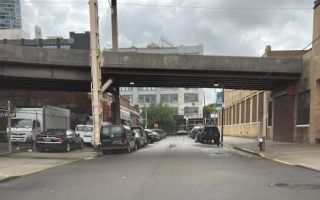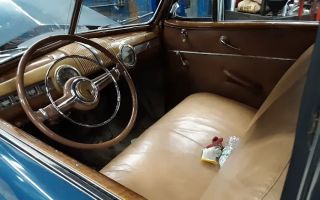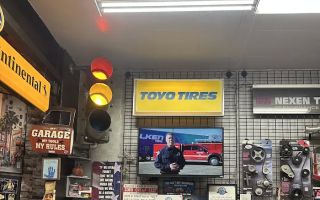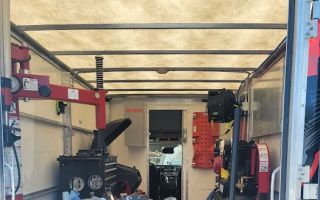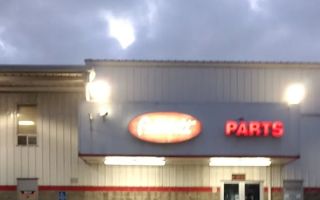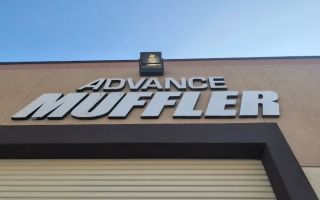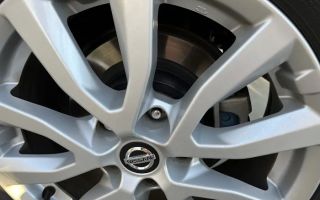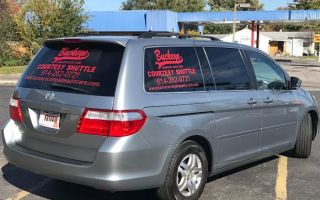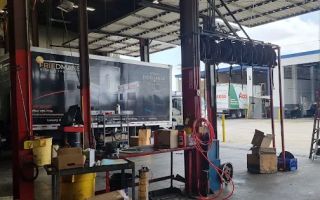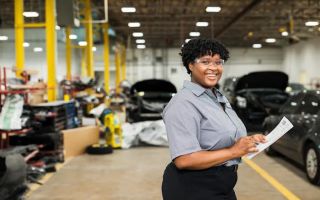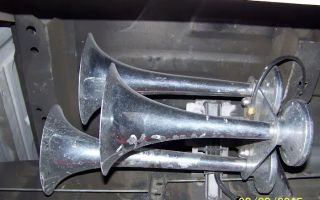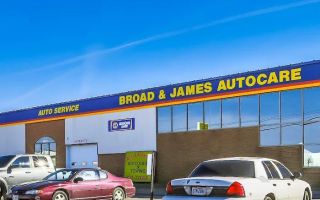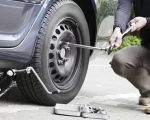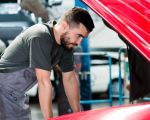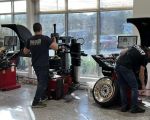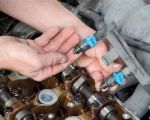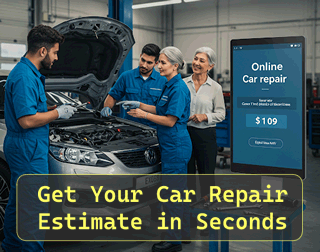- why-classic-cars-need-special-towing
- what-makes-classic-car-towing-different
- common-risks-when-towing-vintage-vehicles
- real-world-case-classic-car-rescue-on-highway
- choosing-the-right-service-provider
- how-to-prepare-your-classic-car-for-towing
1. Why Classic Cars Need Special Towing
Classic cars, often considered prized possessions, aren’t just vehicles—they’re living history. These machines reflect craftsmanship, design, and engineering from another era. However, this elegance comes with fragility. Unlike modern cars, classic cars typically lack modern suspension, reinforced frames, or standardized towing attachments.
Because of their delicate build, classic vehicles are more prone to damage during transport. Whether it's a misaligned winch cable or a poorly adjusted flatbed angle, one mistake can scratch the paint or bend the undercarriage. This is why using towing services for classic cars is essential—not optional.
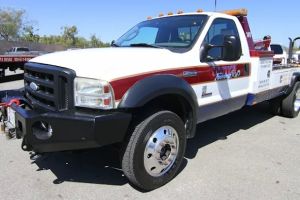
United Towing Service Inc.
26170 Adams Ave, Murrieta, CA 92562, USA
2. What Makes Classic Car Towing Different
Unlike conventional towing, classic car towing demands specialized equipment and techniques. Professional providers often use:
- Flatbed trucks: These provide full-surface support, avoiding strain on vintage tires or suspension.
- Soft straps and wheel nets: Preventing paint damage or frame warping during transport.
- Custom ramps and low-angle lifts: To accommodate low-clearance models like 1960s sports cars.
Furthermore, experienced drivers understand the nuances of older transmissions and brakes. For instance, improperly dragging a rear-wheel-drive classic without disengaging the drivetrain can lead to major damage. In the world of vintage cars, expertise isn’t a bonus—it’s a necessity.
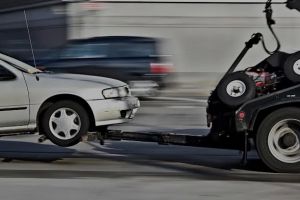
J & J Towing
4560 N Webster Ave, Perris, CA 92571, USA
3. Common Risks When Towing Vintage Vehicles
Many vintage car owners assume any towing company can handle their car. Unfortunately, that assumption can lead to irreversible mistakes:
- Frame misalignment: Caused by incorrect winching or uneven loading.
- Paint scratches or body dents: Usually from metal hooks, chains, or improper securing.
- Drivetrain damage: Especially with older rear-drive systems that weren’t designed for towing.
- Battery or electrical issues: If improperly jump-started or disconnected during the process.
It’s not uncommon for owners to face restoration bills running into thousands simply due to avoidable towing damage. This makes it essential to use towing services for classic cars that offer not just transport but tailored care.
4. Real World Case: Classic Car Rescue on Highway
In 2023, a 1971 Chevrolet Chevelle broke down on Route 66 during a local car rally in Arizona. The owner, Steve, called a general towing company nearby. The result? His car was dragged with a hooked chain, damaging the front axle and scraping the rear bumper.
Two weeks later, after speaking with other vintage car enthusiasts, Steve contacted Rescue & Towing, a service specializing in towing services for classic cars. They recovered the car properly, using a flatbed, soft tie-downs, and even battery stabilization. Steve said, “I wish I had found them sooner. My Chevelle would have been spared.”
This real-world scenario highlights why expertise in classic car towing can make all the difference between preservation and regret.
5. Choosing the Right Service Provider
Not all towing companies are equipped for vintage vehicles. Here’s how to find the right one:
- Check certifications and experience: Ask if they’ve handled classic cars, hot rods, or collector vehicles.
- Review their equipment list: Flatbeds, adjustable ramps, wheel nets, and enclosed transport options are good signs.
- Read testimonials: Look for real reviews from other classic car owners.
Most importantly, see how a company communicates. Are they asking about your car’s year, make, and condition? Do they offer a consultation? These are indicators they treat towing like a service—not a side hustle.
Many customers trust Rescue & Towing for this reason. They’ve built a strong reputation for their attention to detail and deep respect for automotive history.
6. How to Prepare Your Classic Car for Towing
Even the best towing services for classic cars require your cooperation to ensure a safe journey. Here are a few critical steps:
- Document the car’s condition: Take photos from all angles for insurance and restoration purposes.
- Secure loose parts: Items like hood ornaments, mirrors, or detachable radios should be packed separately.
- Drain excess fluids: Some transporters recommend reducing fuel or oil to minimize fire risk during long-distance hauls.
- Disable the alarm system: Nothing derails a trip like a shrieking classic midway through transport.
Working with your towing provider beforehand helps avoid unexpected stops or damage. Trustworthy services like Rescue & Towing will even provide a pre-tow checklist customized for your vehicle model.
By understanding your car’s quirks and prepping it for safe handling, you ensure it arrives in pristine shape—just as it deserves.

